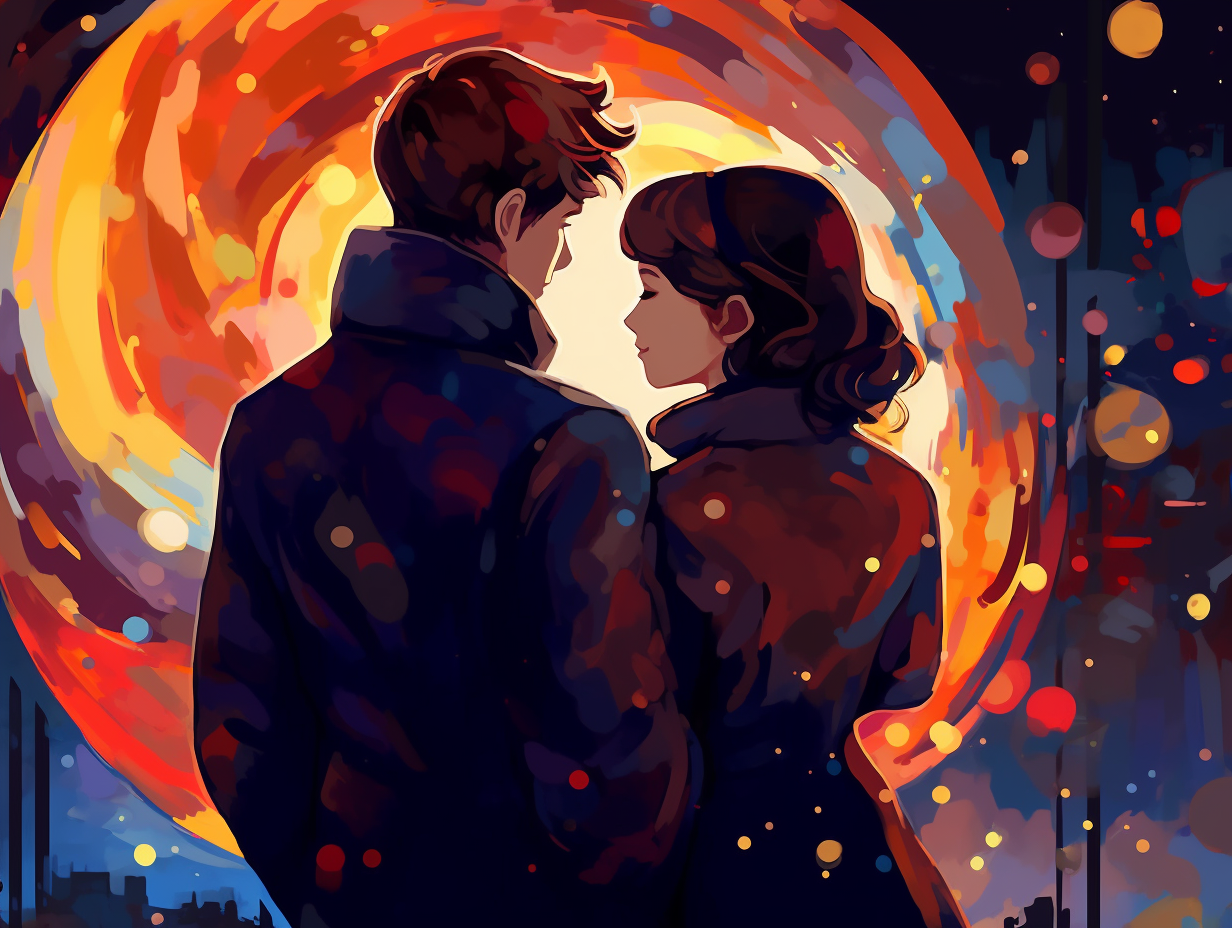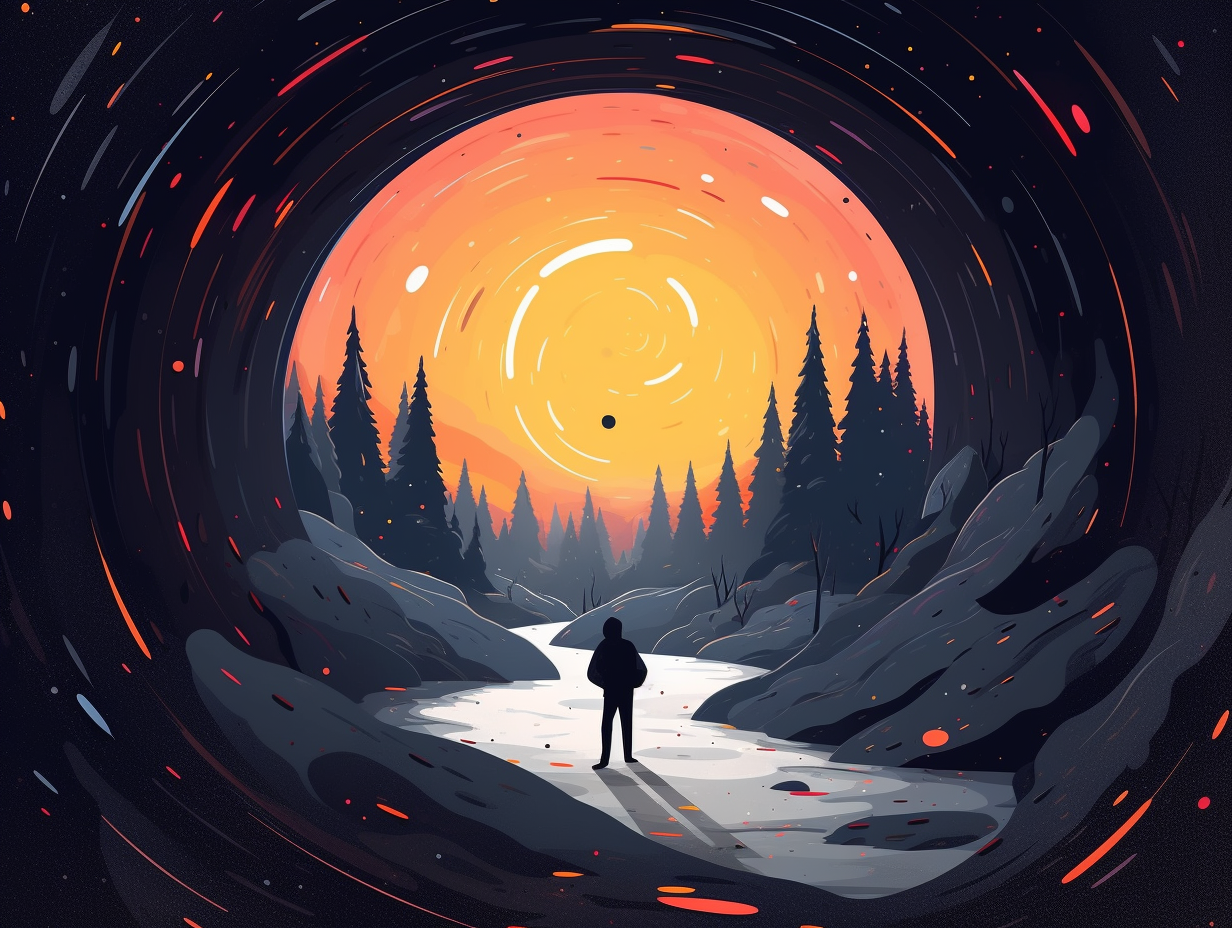Discover the Cosmos: Top 14 Fun Facts About Spiral Galaxies You Won't Believe!

1. Celestial Cha-Cha
Dancing the celestial cha-cha, stars boogie into spirals as they groove through denser areas in galaxies: Spiral galaxies form their arms through density wave theory, requiring disturbances like supernovas to create higher density pockets, or through swing amplification seen in shorter-lived, hot thick disk galaxies.
Source => astronomy.com
2. Spirals' Dirty Secret
In a galaxy far, far away – well, actually not too far, just within our cosmic neighborhood – spiral galaxies are having a dirty little secret: astronomers have discovered that the dust in these galaxies extends much further than imagined, playing a massive role in determining their temperature and mass, with a mean gas-to-dust mass ratio similar to our very own Milky Way.
Source => academic.oup.com

Did you know Andromeda is the Miss Hannigan of galaxies, constantly gobbling up smaller ones? Discover its latest galactic meal that left the Dulais Structure behind!
=> Fun Facts about Galaxies
3. Popular Cosmic Kids
Spiral galaxies are like the popular kids at the cosmic school disco: they've got that funky spin, hypnotic dance moves, and they're surrounded by a less dense but charismatic crew of stargazers. Who wouldn't want to be their friend? Seriously, though: these scintillating showstoppers account for about 60% of all galaxies, making them home to the majority of stars in the Universe, while showcasing a unique rotating disc and spiral arms stemming from a dense central bulge.
Source => esahubble.org
4. Musical Chairs of Spirals
Just like a cosmic game of musical chairs, spiral galaxies eventually decide to settle down and change their tune: These celestial whirlpools actually evolve from late (Sd and Sc) to early (Sb and Sa) Hubble types through a process called spiral-induced secular mass redistribution, creating a more concentrated galactic core and paving the way for disky elliptical galaxies.
Source => iopscience.iop.org

5. Stylish Disarray
Not all spiral galaxies enjoy going with the flow, some prefer a more stylish disarray: Roughly 30% of spiral galaxies are classified as flocculent, featuring patchy and discontinuous arms as opposed to the sleek, well-defined arms of grand design spirals, with their structure attributed to self-propagating star formation - think NGC 2775, NGC 1325, and NGC 4298 for some fashionable cosmic inspo!
Source => en.wikipedia.org
6. Cosmic Cappuccinos
Spiral galaxies are like cosmic cappuccinos, complete with foam on top: they can have a whipped up center called a "bulge" that comes in various shapes, from perfectly well-rounded to somewhat edgy and flat, depending on their celestial stirring method. The serious reveal: these galaxy bulges, whether spherical and full of older, reddish stars, or disk-like with a potentially supermassive black hole, result from a mix of mysterious cosmic phenomena, such as smaller structures joining forces or the slow, steady evolution of the galaxy's disk.
Source => en.wikipedia.org
7. Dark(ish) Galactic Secret
Spiral galaxies – where cosmic pinwheels and celestial frisbees meet for a gravity dance-off! But hold onto your space boots, because there's a dark(ish) secret at the heart of these groovy cosmic swirls: their rotation curves stay relatively constant instead of declining as they spin outward, which hints at the mysterious presence of dark matter – an elusive, invisible substance that continues to baffle scientists with its gravitational impact on visible matter across the vast expanses of the universe.
Source => en.wikipedia.org
8. Celestial Thrones
In the "Game of Celestial Thrones," spiral galaxies truly take the crown for adaptive and diverse star compositions: The gradual decrease in abundance of heavier elements from a galaxy's nuclear bulge demonstrates how the recycling of materials through stars, novas, and supernovas into interstellar clouds leads to distinct regions with varying chemical compositions, particularly in the resource-rich spiral arms.
Source => web.cn.edu
9. Spirals' Star-Studded Party
If spiral galaxies threw a cosmic party, they'd invite the hottest young stars and put on a stellar light show: Spiral galaxies are abundant with young, dazzling stars and lively star-forming regions, primarily found in their twisting arms, making them captivating celestial subjects for astronomers to explore and learn about star and galaxy creation.
Source => e-education.psu.edu

10. Multi-Armed Dance-Off
In a celestial dance worthy of a cosmic conga line: spiral galaxies can actually sport multiple arms, their number and shape influenced by the galaxy's rotation and the density of its interstellar medium.
Source => e-education.psu.edu
11. Introverted Cosmic Wallflowers
Spiral galaxies: the introverts of the cosmic party, always found in the low-key corners of the universe, avoiding the big and loud galaxy clusters like any true wallflower. Hilarious prelude: these galaxies are actually less common in high-density regions because they prefer their personal space, making it rare to spot one in the middle of a crowded celestial dance floor.
Source => schoolsobservatory.org
12. Starry Rave Party
Picture a celestial rave party where stars twirl, swirl, and spiral in a cosmic dance: Spiral galaxies host short-lived star-forming regions resembling spiraling arms, lasting about a hundred million years, which emerge from the galaxy's density waves and are sheared into spiral patterns due to differential rotation.
Source => scientificamerican.com
13. Andromeda, the Galaxy Cannibal
Andromeda might just be the Hannibal Lecter of spiral galaxies, feasting on its neighbors to grow larger – but don't worry; it won't be inviting our Milky Way over for dinner anytime soon: The Andromeda galaxy undergoes galactic cannibalism, consuming smaller galaxies and leaving behind unusual star clusters such as the Dulais Structure – a black stream of stars that are remnants from a past cosmic conquest. This elaborate process of nibbling on neighboring galaxies contributes to the growth and dominance of these astronomical leviathans.
Source => space.com
14. Galactic Dance Floor Bump-ins
Spiral galaxies are like seasoned dancers, sometimes getting a little too close for comfort and messing up each other's twirl: gravitational interactions between neighboring galaxies can cause distortions in their shapes and features, such as pulling apart their spiral arms or fragmenting dust lanes, as observed in the galactic duo - NGC 3169 and NGC 3166.
Source => space.com
Related Fun Facts




















